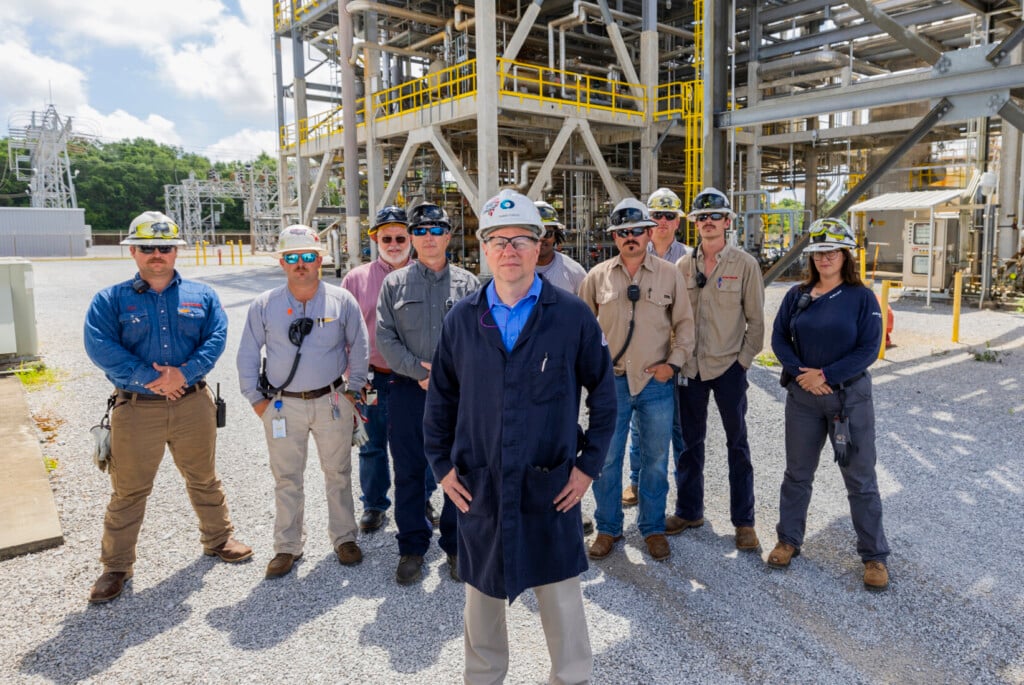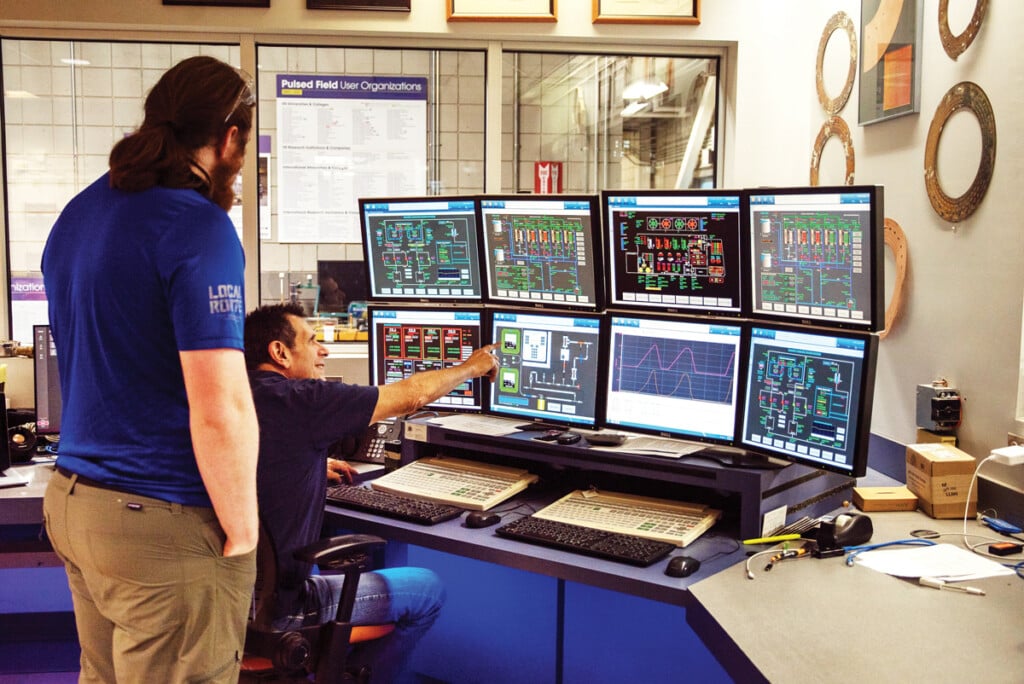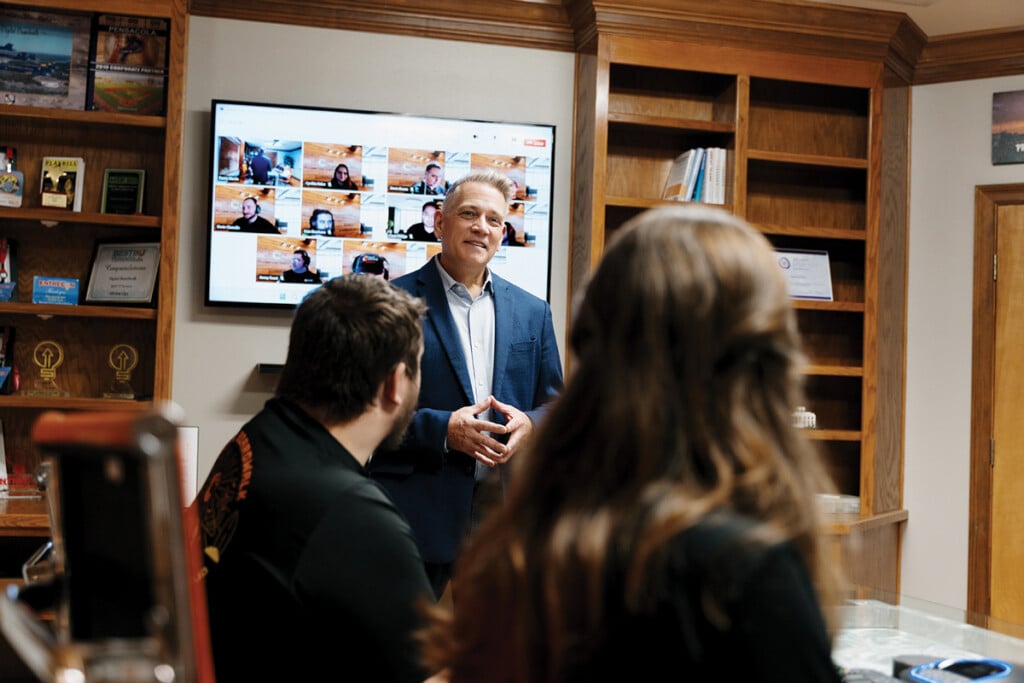Historic Company Prizes Innovation
In Pace, Eastman Chemical jobs are highly coveted

Until George Eastman developed a flexible film and the portable Kodak box camera in the late 1880s, photography was too expensive and difficult for the amateur enthusiast to enjoy.
By 1920, his company, located in Rochester, New York, not only sold film and cameras but also took on developing his customers’ exposures. At that point, he needed to create his own independent and reliable supplier of the chemicals required by his booming photographic business. He established a subsidiary of the Eastman Kodak Co. in Kingsport, Tennessee.
Over succeeding decades, the Eastman Chemical Company researched, refined and manufactured a broad array of chemicals, fibers and products, thousands of which are used every day by consumers across the globe. In 1994, the Eastman Chemical Company became an independent corporation. Today, it has 14,500 employees and operates 36 manufacturing sites in 12 countries.

Eastman Chemical in Pace, FL, photographed Thursday, May 2, 2024.
Operatior Tessa Guillot checks valves at the plant. Guillot works inspecting and repairing leaks in equipment when they occur. Photo by Mike Fender
Eastman's Pace, Florida, site produces amines products that are used in the food, feed and agriculture markets, among others. Left, operator Tessa Guillot, who inspects and repairs equipment leaks when they occur, checks the plant’s valves.
In 2014, Eastman Chemical acquired the Taminco Corp., a global specialty chemical company, including its plant located in Pace in Santa Rosa County. Today, the facility employs a little over 100 workers and has about 50 resident contractors.
Its main products are various types of amines —- derivative compounds of ammonia, made by replacing some of its hydrogen atoms with hydrocarbon groups via a chemical reaction with various types of alcohol.
These “functional amines” and their derivatives serve as key building blocks in a broad array of chemical products with a wide range of applications, including agriculture, manufacturing, water treatment, personal and home care, pharmaceuticals, animal nutrition, and oil and gas end markets, among others.
For example, dimethylamine (DMLA) is a building block in surfactants, which are chemical compounds that decrease the surface tension between two liquids, a liquid and a gas, or a liquid and a solid — thus its use in soaps and detergents.
When Eastman acquired Taminco, the two businesses were aligned not just as chemical manufacturers but as companies that prioritized innovation, safety, sustainability and support for workers. Eastman, himself, was an early provider of worker benefits, including a welfare fund to provide for workman’s compensation in 1910 and profit sharing for all employees in 1912.
To this day, employment at Eastman Chemical is much sought-after.
“We treat our employees well at Pace, so we have a very low turnover rate,” said site manager Shane Fowler. “And it’s not a huge factor for us to recruit and retain employees. When we do have openings, we have a lot of applicants, and we’re looking for the highest quality ones that have industry experience.”
The company’s culture encourages hiring from within.

Safety is a top priority at Eastman, a sentiment displayed on signage posted throughout the plant. Photo by Mike Fender
“There’s a lot of opportunity from the floor up and being able to further your education, as well as grow within the company,” Fowler said. “With sites around the world, you can work in different areas, whether it’s manufacturing, the business side, HSES (health, safety, environmental and social management), etc. It’s certainly an advantage working at Eastman.”
The company is committed to worker safety.
“We have to operate safely to be able to continue to operate. It’s a responsibility we take very seriously,” Fowler said.
“We’re always looking to improve our efficiency,” he added, “especially when it’s related to energy usage because we consume a lot of electricity and steam.” In fact, Eastman Chemical has committed to being carbon-neutral by 2050.
“Also, we’re surrounded by a wildlife sanctuary, so we take the environment very seriously, as well. We have birds out here that you can’t find anywhere else in Florida. We try to be good stewards of what we have.”

The plant is surrounded by a wildlife refuge populated by birds and alligators. Mindful plant workers try to be “good stewards,” Fowler said. Photo by Mike Fender
Innovation, meanwhile, is in the company’s DNA. Perhaps its most exciting current project involves confronting the plastic waste crisis.
In Kingsport, Eastman is utilizing a process to break down non-recyclable plastics at the molecular level, from polymer to monomer, so that they can be built back into new polymers that are indistinguishable from virgin materials. The process is “circular,” meaning that it can be repeated over and over again while using less energy than it would take to manufacture a new product.
“Our purpose is to enhance quality of life with the materials we produce and through our people, who are the difference makers,” said Eastman corporate communications representative Amanda Allman. “We make products that people interact with every day — in your home, in your car, at the doctor’s office, you name it — whether it’s made in Pace or one of our other facilities. We are a company that stands by what we say, and we really believe in our purpose and the materials that we make.”


